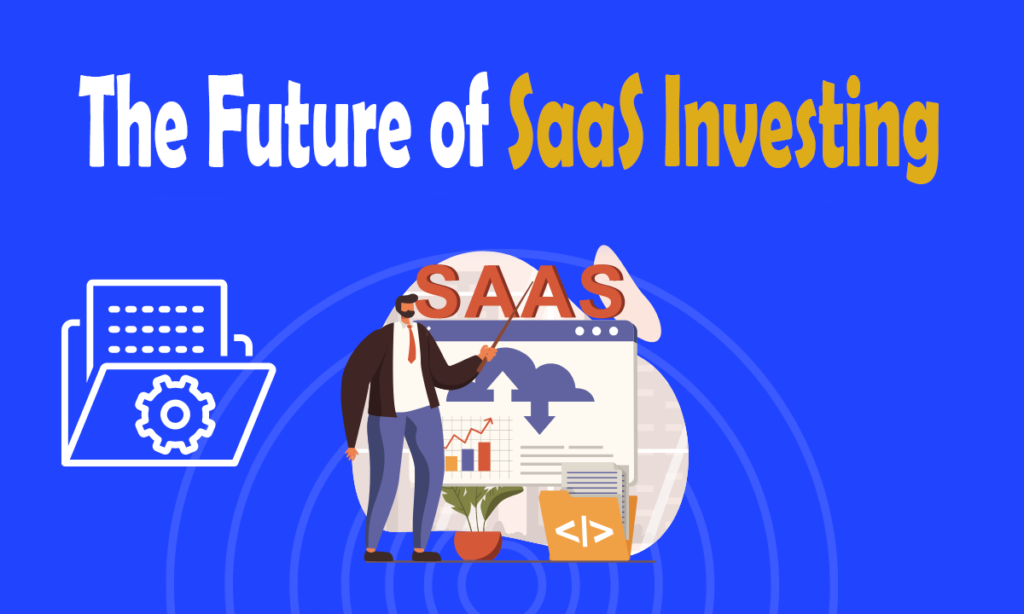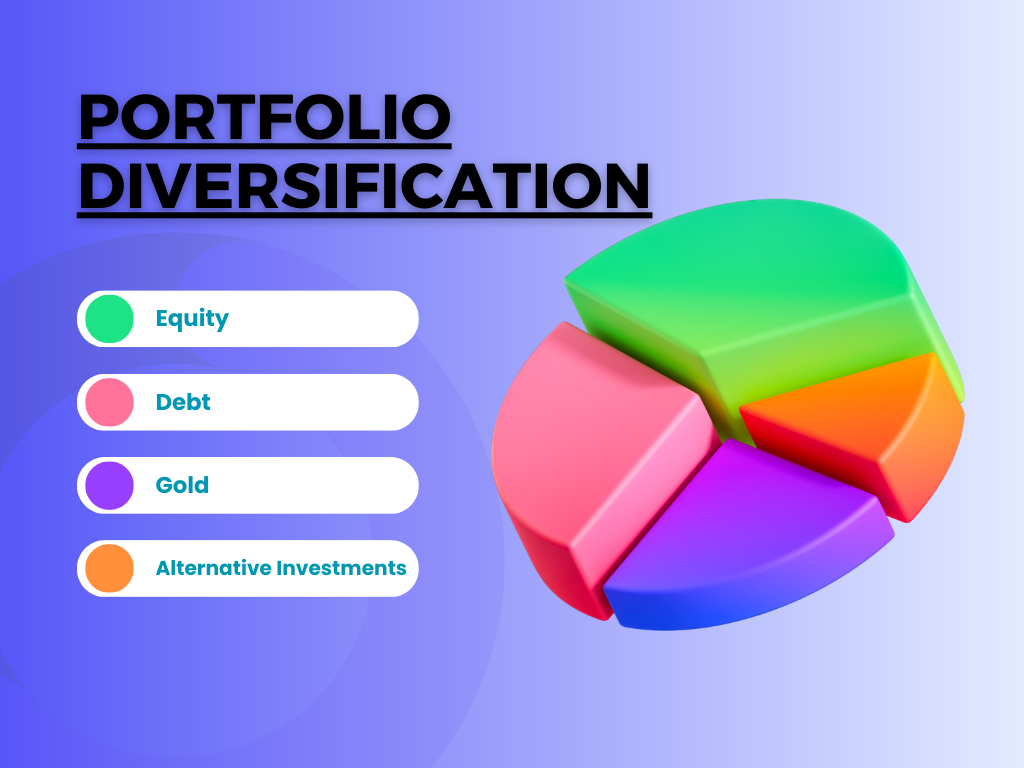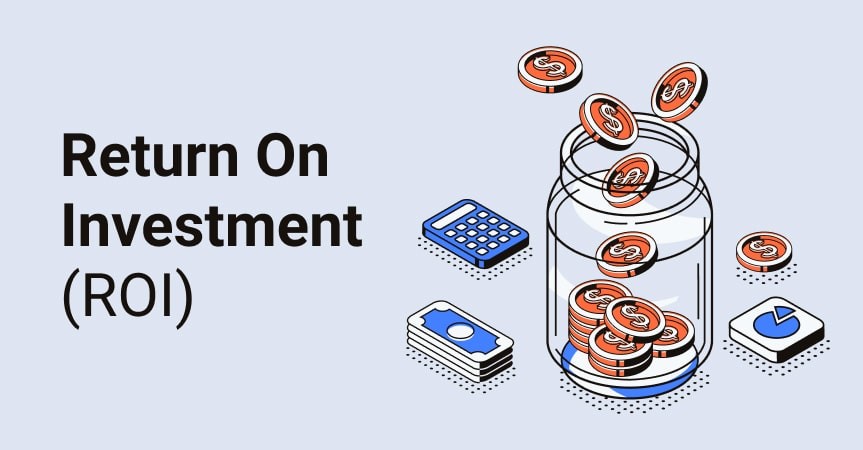The Future of SaaS Investing is set to redefine the venture capital landscape. Projections anticipate this area will reach a valuation of $883.34 billion by 2029, showing there is more than just hype behind the figures.
Skeptics may argue about the viability and sustainability of such rapid expansion in SaaS software. But when you consider the inherent advantages of SaaS businesses – scalable models, recurring revenue streams, and low churn rates – their potential becomes undeniable.
“The global SaaS market size was valued at USD 158.2 billion in 2023.”This statistic alone showcases an impressive year-over-year growth rate of over 20%. And with advancements like AI integration and blockchain technology
The Rising Tide of SaaS Investing
As an investor, you’re always seeking out markets with potential for exponential growth. Venture capitalists have been drawn to the Software as a Service (SaaS) market, which has seen rapid growth in recent years.
Saas investing has become increasingly attractive to venture capitalists
Bearing witness to this rising tide means understanding why it’s happening. By 2029, experts predict the Saas industry will be valued at $883.34 billion – representing year-over-year growth rate of 20.6%. This isn’t mere speculation; there are concrete reasons behind these numbers.
A significant driver of this impressive trajectory is scalable business models inherent within many Saas businesses which provide cloud-based solutions across various industries – allowing businesses to expand without significantly increasing costs and thus securing long-term success.
Recurring Revenue Models Drive Growth
In addition, recurring revenue streams from subscription fees offer financial stability while enabling accurate future revenue forecasts—making them enticing opportunities for investors like yourself looking into existing offerings by SaaS companies.
Low churn rates prevalent among these types of enterprises also contribute towards their appeal: higher customer retention equates consistent income over time providing steady returns on investments made in saas startups.
Growth Factors Behind Increasing Investments In SaaS Companies
- Predicted expansion of global Saas market size from USD 225.6 billion in 2023 to USD 272.49 billion by end-2023 signifies promising return potentials.
- Rising internet penetration and speed alongside technological advancements have reduced per unit software cost thereby making it more accessible globally.
- Furthermore, adoption remote working practices particularly amid COVID-19 pandemic has boosted demand for cloud based services offered by different saas providers enhancing their profitability prospects considerably.
The future of SaaS investing looks bright. With a predicted value of $883.34B by 2029 and scalable business models, it’s no wonder venture capitalists are taking notice. #SaaSInvesting #VentureCapitalClick to Tweet
Decoding the Attractiveness of SaaS Companies for Investors
The Future of SaaS Investing: The world of venture capital is abuzz with excitement over Software as a Service (SaaS) companies. This fervor stems from two primary factors: consistent revenue streams and low churn rates, which make these businesses prime investment opportunities.
Unpacking Recurring Revenue Models
SaaS companies operate on recurring revenue models, employing subscription-based pricing structures that provide steady income. For investors who like to play it safe, this predictability in revenues can be quite enticing.
The recurring nature of SaaS offerings is not accidental; it’s an integral part of their design. With customers subscribing rather than making outright purchases, long-term relationships between providers and users are fostered – further stabilizing those all-important revenue streams.
Leveraging Customer Data for Competitive Advantage
Innovation is key when competing within the bustling market space occupied by SaaS startups. Technological advancements have not only propelled product development but also opened up new avenues for understanding customer behavior better.
Data analytics has emerged as an invaluable tool enabling SaaS providers to delve deeper into user behaviors and preferences – effectively turning raw data into actionable insights that drive innovation while ensuring they maintain their competitive edge in a rapidly evolving industry landscape.
The combination of predictable cash flows resulting from recurring revenue models along with growth potential fueled by data-driven innovation makes investing heavily in SaaS startups appealing.
However, savvy investors know there’s no such thing as risk-free investments – even promising ones like SaaS businesses come with challenges.
By fully comprehending both benefits offered by recurrent revenues alongside risks posed due to rapid technological changes inherent within this sector will help ensure informed decisions are made when considering existing offerings available across diverse sectors within burgeoning SaaS market space.
Key Takeaway:
Investing in SaaS companies is a hot trend due to their steady revenue streams and low churn rates. Their subscription-based models foster long-term customer relationships, while data analytics fuel innovation and competitiveness. However, despite the appeal of these predictable cash flows and growth potential, investors must balance rewards with risks inherent in this rapidly evolving tech sector.
Future Trends Shaping the SaaS Industry
The future of the SaaS market is dynamic and exciting, with several key trends poised to shape its trajectory. These developments are driven by both technological advancements and evolving customer needs.
Verticalization – A Growing Trend in SaaS
In this era of specialization, one trend that’s making waves is vertical SaaS solutions. Unlike their horizontal counterparts designed for a broad range of industries, these niche products cater specifically to sectors like healthcare or finance.
This tailored approach allows businesses within specific industries to stay ahead of sector-specific trends while providing them superior return on customer acquisition costs compared to more generalized platforms. The result? An impressive competitive edge.
Apart from specialization through verticalization, another significant shift shaping the future landscape involves blockchain technology integration. Known primarily for powering cryptocurrency transactions, blockchain has emerged as an attractive feature enhancing data security measures critical for cloud-based software solutions where potential breaches can be catastrophic.
This emerging technology offers decentralized storage options creating immutable records which significantly reduces risks associated with hacking or fraudulent activities thereby building trust among users who prioritize robust security protocols when choosing between different service providers.
Beyond just bolstering security though, Gartner predicts a broader application scope for blockchain in areas such as supply chain management and contract execution within business processes automation tools offered by many SaaS firms today – further cementing its importance in this rapidly growing industry’s future outlook.
To seize lucrative opportunities arising from these developing trends, it’s crucial investors stay informed about evolving dynamics so they can make strategic decisions aligned with long-term success goals.
Dive into the future of #SaaS. Verticalization and blockchain integration are shaping this dynamic industry. Stay ahead with informed investing for long-term success. #VentureCapital #TechTrendsClick to Tweet
Risks & Rewards – Balancing Act in Venture Capital Investment
The Future of SaaS Investing: As the SaaS market continues to surge, investors are drawn by its potential for high returns. Despite the promise of big returns, investing in SaaS carries its own set of dangers.
The need for thorough research cannot be underestimated.
In this rapidly growing trend towards cloud-based solutions, investing heavily is tempting, but careful research and analysis should precede every decision. This process, known as due diligence, involves understanding a prospective SaaS company’s business model and assessing its growth trajectory.
Pertinent factors such as market size, profitability metrics including annual recurring revenue (ARR), customer acquisition costs (CAC), churn rates, along with the lifetime value of customers all play an essential role during the evaluation phase. Having these insights enables venture capitalists to make informed decisions aligning their risk tolerance with long-term success goals.
Navigating Market Volatility
The SaaS industry being technology-driven implies that markets can fluctuate swiftly – technological advancements might outdate existing offerings or regulatory changes could negatively impact operations, especially if operating within specific industries where regulations are stringent, e.g., the healthcare sector.
An exit strategy becomes crucial under such circumstances, providing VC firms an escape route when investments don’t perform up to mark while preserving capital wherever possible.
Mitigating Risks through Diversification
Diversifying across different sectors within the SaaS industry reduces exposure to risk associated with downturns or disruptions affecting a single area, thereby ensuring your eggs aren’t all placed into one basket holds true, particularly when venturing into volatile tech domains like SaaS businesses.
A diversification approach includes spreading investments among various geographical locations, stages of development, differing pricing models, etc., allowing multiple avenues for potential return on investment irrespective of fluctuations impacting individual segments.
Key Takeaway:
Venture capital investment in the booming SaaS market is a balancing act of risks and rewards. Success hinges on rigorous due diligence, savvy navigation of market volatility, and strategic diversification across sectors within the industry to mitigate risk and maximize returns. Remember: don’t put all your eggs in one basket.
Strategies For Successful SaaS Investing
The Future of SaaS Investing The realm of SaaS investing is as fascinating as it is complex. To navigate this dynamic landscape successfully, investors need to deploy shrewd strategies and keep a pulse on industry trends.
Diversification Is Key:
Savvy investors understand the importance of diversifying their portfolio in any investment scenario – including SaaS investing. Spreading investments across different sectors within the SaaS market like HR software or marketing automation tools can help mitigate potential risks if one area underperforms.
Grasp Pricing Models:
Pricing structures unique to SaaS companies such as freemium models or tiered subscription plans require careful analysis by investors for a better understanding of revenue generation capabilities and growth prospects. Accurate projections about future profitability are often possible with an insightful grasp of these pricing models.
Evaluate Product Development Timelines:
Innovation at breakneck speed defines success in tech industries where competition always lurks around every corner waiting for a chance to outpace you. A shorter product development cycle might be indicative that efficient processes exist which allow swift introduction of new offerings before competitors get wind (JatApp).
Gauge Customer Acquisition & Retention Strategies:
To ensure long-term sustainability, keenly observe how effectively a company acquires and retains customers.
This involves scrutiny into their marketing efforts, quality customer service provided along with the user experience offered through their platform. High churn rates could signal issues affecting future revenues while effective acquisition strategies suggest robust growth possibilities.
Unlock the potential of SaaS investing with savvy strategies. Diversify your portfolio, understand unique pricing models, and keep a keen eye on product development timelines & customer acquisition tactics. #InvestingTips #SaaSInvestingClick to Tweet
How To Start Investing In SaaS Companies
The SaaS industry, with its recurring revenue models and impressive growth trajectory, presents an exciting opportunity for venture capitalists. Before taking the plunge into this quickly-growing market of cloud computing solutions, it’s essential to grasp all the details.
Your journey begins by understanding the unique dynamics of SaaS businesses.
Bearing in mind the wisdom of “Knowledge is power”, it is essential to understand the specifics of SaaS businesses when considering investing in this fast-developing cloud software sector. The key to successful investments lies in comprehending how these companies operate – from their business model that includes predictable income streams through subscription fees paid by users accessing their services over the internet to customer acquisition costs which are critical metrics driving profitability within these organizations.
Navigating your way towards potential investment opportunities.
The Future of SaaS Investing: Finding promising SaaS startups early on can significantly impact your returns. A multitude of resources online track emerging trends within the industry and spotlight innovative new players entering the market. Networking events targeted at tech entrepreneurs also provide excellent platforms where you could potentially discover up-and-coming ventures directly from founders themselves.
Investing inherently involves risks; however, recognizing specific risks associated with investing heavily into any company operating under a particular pricing model or catering to certain industries is essential prior to making commitments.
Factors such as the competitive landscape surrounding existing offerings provided by other firms already present in similar markets, financial health including burn rate (the speed at which capital gets expended), product-market fit along with management team capabilities all play significant roles in determining whether an investment has high return prospects or poses risk.
Venture Capitalists often offset these inherent risks via diversification across multiple sectors, ensuring not all eggs get put into one basket while focusing predominantly on those demonstrating strong growth potential.
Key Takeaway:
Investing in SaaS companies can be lucrative, but it’s not a blind leap. Understanding the unique dynamics of these businesses is crucial – from their recurring revenue models to customer acquisition costs. Keep an eye on emerging trends and network with tech entrepreneurs for potential opportunities. Be aware of risks such as competitive landscapes and financial health before committing funds, and remember the golden rule
Conclusion – Seizing Opportunities In The Future Of Saas Investing
The SaaS sector, with its scalable business models and recurrent income flows, is ascending rapidly. Staying abreast of the trends driving SaaS investing is essential for any investor or entrepreneur seeking to capitalize on these lucrative opportunities.
So let’s dive into how you can seize these lucrative opportunities as they arise:
“Knowledge is the key to unlocking success,” declared Sir Francis Bacon. This rings especially true when navigating through investment decisions within the rapidly growing trend of cloud-based software solutions offered by various SaaS providers.
Your journey towards successful venture capital investments starts here. It begins with understanding key factors such as vertical SaaS products which offer tailored solutions for specific industries like healthcare or finance; blockchain technology used for enhanced data security; and strategies employed by VC firms while investing heavily in promising startups—all integral parts driving innovation within existing offerings from numerous companies across different sectors.
Dive Deep Into Vertical Solutions
Solutions targeted at niche markets present substantial return potential due to their ability to cater specifically to needs faced by certain industries.
This allows businesses not only maintain a competitive edge but also ensures better customer acquisition costs compared against generic offerings available today.
Leverage Blockchain Technology
Incorporating advancements like blockchain can significantly enhance data security—a critical aspect given our increasing reliance on digital platforms.
Investors who understand this will find themselves well-positioned amidst others competing within same landscape thereby gaining an upper hand during decision-making process.
Navigate Through Potential Risks. Risk management forms core part any investment strategy including those associated with high-growth sectors like Saas market.
Proper due diligence involving considerations around profitability potentials alongside annual recurring revenues among other things helps mitigate risks effectively ensuring long-term success.
Broaden Your Investment Horizon.
Diversifying your portfolio across multiple sub-sectors reduces overall risk exposure whilst still allowing you take advantage burgeoning areas showing immense growth potential. Taking First Steps Towards Successful Investments. You could consider direct equity
Key Takeaway:
In the booming SaaS industry, savvy investing involves understanding key trends like vertical solutions and blockchain technology. Mitigate risks with due diligence and diversify your portfolio to seize opportunities in this high-growth market. Knowledge is indeed power when navigating these cloud-based waters.
Conclusion
The future of SaaS investing is a thrilling prospect, full of potential and ripe for exploration.
With the rising tide in this sector, venture capitalists are finding more opportunities to invest in businesses with recurring revenue models and innovative use of customer data.
Trends like mobile-first development, AI integration, vertical SaaS solutions tailored for specific industries, blockchain technology for enhanced security are shaping the industry’s landscape.
But as with any investment opportunity, there are risks involved. Due diligence is crucial before diving into these waters headfirst.
Diversification remains key when it comes to mitigating risk while maximizing growth potential within the SaaS market.
If you’re looking at how to start investing in SaaS companies – whether through direct equity investments or via funds focused on this sector – staying informed about evolving trends will help seize lucrative opportunities as they arise.
In conclusion: The world of SaaS investing offers immense growth potential. It’s an exciting journey that requires careful navigation but promises rewarding returns if navigated wisely!
If you want to learn more about this, sign up for my newsletter.


